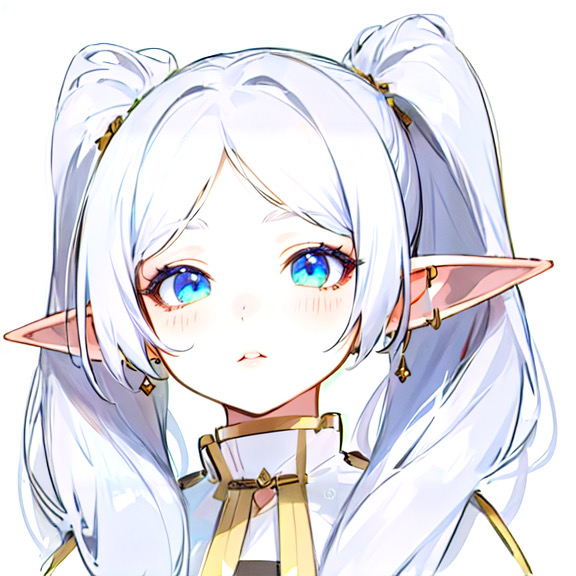Understanding the importance of greetings and grasping the cultural background is an essential step in learning Japanese.
In this article, we will delve into the meaning of greetings, explain common etiquette rules, and introduce key points for building smooth communication with others.
Types and Usage of Japanese Greetings
Japanese culture places significant emphasis on greetings as they are considered essential for establishing positive social interactions.
Understanding the various types of greetings and their appropriate usage is crucial for navigating social situations in Japan.
In this section, we will delve into commonly used Japanese greetings and provide detailed explanations on when and how to use them effectively.
おはようございます (Ohayou gozaimasu)
- This greeting is used to say “Good morning” in Japanese.
- It is typically used from early morning until around 10 or 11 a.m.
- It’s appropriate for both formal and informal situations, such as greeting coworkers, friends, or family members in the morning.
こんにちは (Konnichiwa)
- “Konnichiwa” translates to “Good afternoon” in English.
- This greeting is used from late morning until early evening, generally from around 11 a.m. to 6 p.m.
- It’s suitable for various contexts, including greetings in the workplace, casual encounters, or when entering a store.
こんばんは (Konbanwa)
- “Konbanwa” means “Good evening.”
- It’s used from late afternoon until nighttime, typically from around 6 p.m. onwards.
- This greeting is appropriate for evening gatherings, meetings, or when meeting someone after sunset.
どうも (Doumo)
- “Doumo” is a versatile greeting with various meanings depending on the context.
- It can express gratitude, acknowledgement, or even serve as a casual greeting equivalent to “Hi” or “Hello.”
- It’s suitable for informal situations among friends, acquaintances, or when addressing someone in a casual setting.
Business Greeting Etiquette
Understanding proper greeting etiquette is crucial in Japan’s business scene, whether you’re interacting with superiors, colleagues, or business partners.
Here’s a detailed guide to greeting etiquette in business settings, tailored for international audiences.
Greeting Superiors or Seniors
- When greeting superiors or seniors, it’s essential to demonstrate politeness and humility.
Use respectful language such as “おはようございます” (Ohayou gozaimasu) or “お疲れ様です” (Otsukaresama desu). - Bow deeply or give a respectful nod when greeting.
Pay attention to your posture during meetings or discussions, aiming for a respectful and attentive demeanor.
Greeting Colleagues or Subordinates
- Greeting colleagues or subordinates also requires politeness and courtesy. While using formal language (敬語) is generally expected, depending on the relationship and context, casual language may be acceptable.
- Maintain a friendly and approachable demeanor, using smiles and addressing colleagues by their names during greetings.
Greeting Business Partners
- When greeting business partners, adjust your language based on their position and status.
Always use polite language and maintain a respectful tone. - Exchanging business cards is a significant ritual in Japanese business culture.
Receive the partner’s card with both hands, bow slightly, and make sure to read the card respectfully.
When offering your card, present it with both hands as well.
Casual Greetings in Everyday Situations
In Japan, casual greetings play a significant role in daily interactions, especially among friends and acquaintances.
Here’s a guide to navigating casual greetings in a way that’s easy for everyone to understand, including international audiences
Greetings Among Friends and Acquaintances
- When greeting friends and acquaintances, it’s common to use informal language and a relaxed tone.
Tailor your expressions to match the level of familiarity and the vibe of the moment. - Casual greetings like “やあ” (Yaa), “おっす” (Ossu), or “どうも” (Doumo) are frequently used.
Don’t forget to smile and create a friendly atmosphere during your greetings.
Trends in Greetings Among Young People
- Greetings among young people tend to be even more casual and laid-back. You’ll often hear informal language and slang being used.
- While standard greetings like “おはよう” (Ohayou), “こんにちは” (Konnichiwa), and “こんばんは” (Konbanwa) are still common, young people may shorten them or use unique expressions.
Conclusion
Adhering to these business greeting etiquettes fosters trust and facilitates successful business relationships.
Greetings serve as the foundation of business interactions, leaving a lasting impression on your counterparts.
By mastering appropriate greeting customs, you can navigate the Japanese business scene with confidence and respect.





